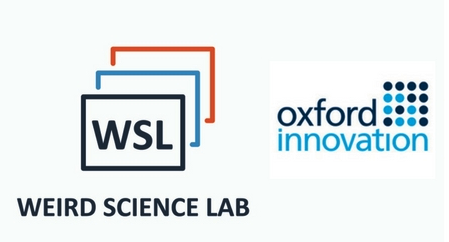Cost Reduction
The resource intensive science, technology, engineering, and mathematics (STEM) subjects are often the most expensive courses for colleges and universities to produce. In most cases, the tuition fee alone is not enough to cover the costs of the delivery of the programme, particularly when you take into account that there is a limit on the cohort size due to health and safety legislation and/or the limited availability of space and equipment in laboratories.
VR tools dramatically reduce the cost per student associated with the traditional STEM curriculum by negating the need for a traditional science kit. VR not only reduces the equipment needed, it can also replenish research assets that are both exceedingly expensive and non-replaceable. A prime example is a virtual brain, employed by surgery students instead of cadavers that are both expensive and difficult to obtain.
The benefits of reducing the cost per student per experiment are two-fold; it frees up institutional resources which allows more students to take a certain class whilst also encouraging students to pursue STEM education as they are less likely to be deterred by the associated costs, particularly where these costs were previously prohibitive.

